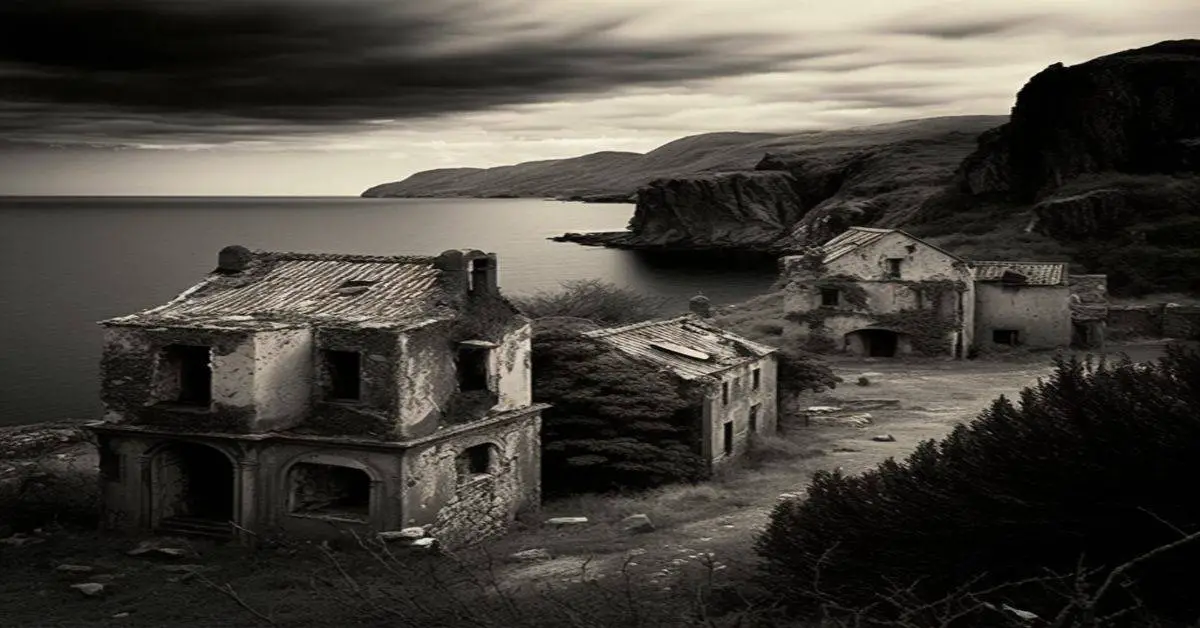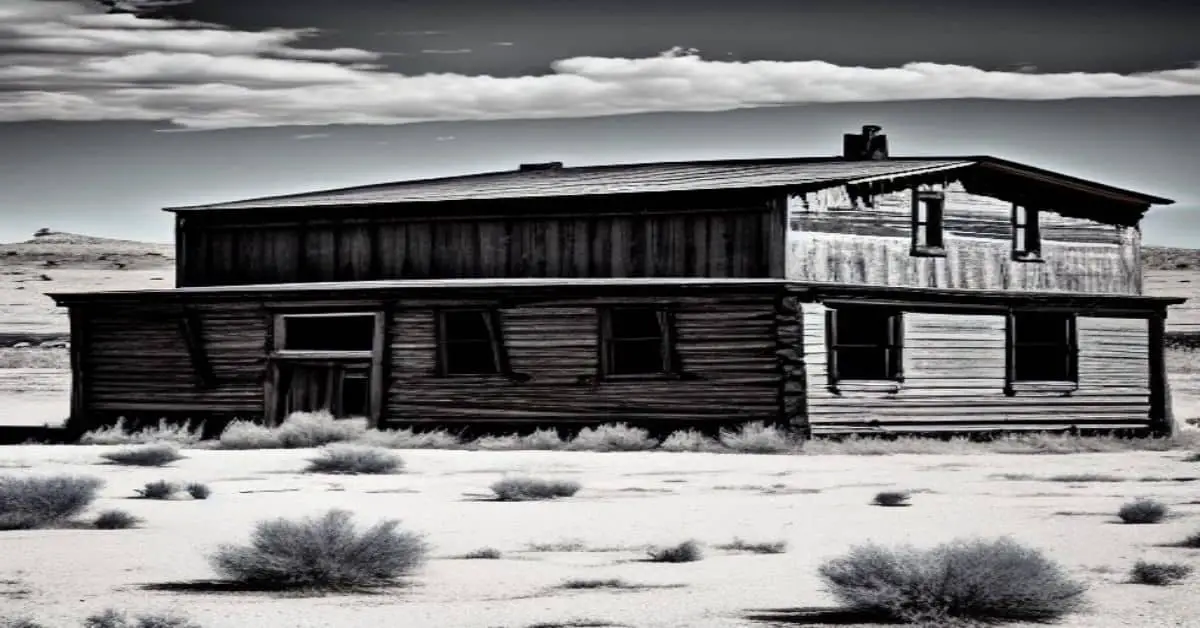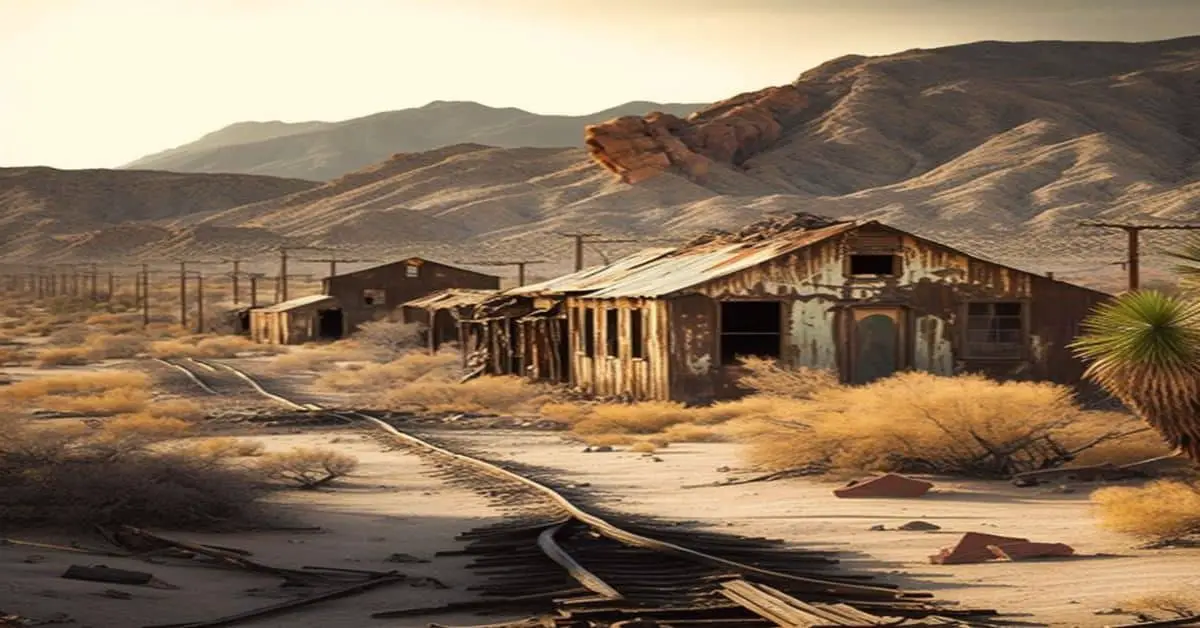The dusty plains of the Gila River Indian Reservation in Arizona hold a forgotten piece of history. Tucked away amidst the arid landscape are the remnants of two Japanese internment camps – Butte and Canal – that housed approximately 13,000 individuals during World War II.
These camps, which operated from 1942 to 1946, were situated on a reservation that had been forcibly taken from its original inhabitants just a few decades earlier. The stark contrast between the barren land and the bustling city that once existed here is a haunting reminder of the injustice that took place.
Despite being the fourth largest city in Arizona at the time, the camps are now largely forgotten, with few traces remaining of the community that once thrived here. It is a story that has largely been overlooked in the broader narrative of World War II, but one that deserves to be told.
In this article, we will explore the history of these forgotten camps, from their location on the reservation to their closure and the impact they had on the lives of the Japanese Americans who were forced to call them home. We will also examine efforts to memorialize this often-overlooked chapter of American history, and the ongoing struggle to ensure that it is never forgotten.
Key Takeaways
- The Japanese Internment Camps located in Gila River Indian Reservation, Arizona housed approximately 13,000 Japanese Americans from the West Coast during World War II.
- Families were separated and forced to live in cramped and often unsanitary conditions for years, which had a significant impact on the surrounding community leading to an increase in jobs and economic activity.
- The long-term effects of the internment on the community cannot be ignored, and the need to memorialize the injustices of the past is at the heart of the memorialization effort.
- Initiatives have been undertaken to honor the victims of Camp Rivers and preserve its history, so that the mistakes of the past are not repeated and the camps’ story is not forgotten.
Location and History
The Butte and Canal camps, established by the War Relocation Authority during World War II to house Japanese Americans from the West Coast, existed on the Gila River Indian Reservation in Arizona and served as the fourth largest city in the state at the time, now standing as a ghost town with remnants of orange and olive groves and extensive concrete foundations.
The government’s response to the attack on Pearl Harbor led to the internment of Japanese Americans, with many being forced to leave their homes and businesses behind to be relocated to camps like Butte and Canal. The impact on the community was significant, as families were separated and forced to live in cramped and often unsanitary conditions for years.
Despite the injustices faced by those interned, the camps also had a significant impact on the surrounding community. The influx of thousands of people led to an increase in jobs and economic activity, with many locals finding work at the camps.
However, the long-term effects of the internment on the Japanese American community cannot be ignored, as families returned home to find their homes and businesses gone, and faced discrimination and hardship for years to come.
The Butte and Canal camps serve as a reminder of this dark time in American history and the importance of upholding civil liberties for all.
Camp Rivers Today
Located on the Gila River Indian Reservation in Arizona, Camp Rivers consists of Butte and Canal camps that housed approximately 13,000 Japanese Americans during World War II and are now considered a ghost town. Despite their abandonment, there have been efforts to preserve the camps and their history.
In fact, in 1992, the Gila River Indian Community designated the camps as a historic site, and in 2005, the National Park Service included them in the Japanese American Confinement Sites program. Today, visitors can tour the remains of the camps and learn about the experiences of Japanese Americans during the war.
The impact of Camp Rivers on its surrounding community is significant. During their occupation, the camps were the fourth largest city in Arizona, and their presence brought both economic and cultural changes to the area.
Today, the camps stand as a reminder of a dark period in American history and serve as a symbol of resilience and perseverance. Their preservation ensures that future generations can learn from the mistakes of the past and work towards a better future.
Memorializing the Past
Symbolizing the resilience and perseverance of a marginalized community, the historic site of Camp Rivers serves as a potent reminder of the need to memorialize the injustices of the past.
At the heart of the memorialization effort is the need to honor the victims of the Japanese internment camps, who were forcibly removed from their homes, stripped of their belongings, and detained without due process.
By preserving the history of the camps, we can ensure that the mistakes of the past are not repeated, and that future generations learn from the experiences of those who suffered.
To honor the victims of Camp Rivers and preserve its history, several initiatives have been undertaken.
The Gila River Indian Community has established a small museum at the site, providing visitors with a comprehensive overview of the camps and their impact on the Japanese American community.
In addition, the University of Arizona has developed an online archive of photographs, documents, and personal testimonies related to the internment experience.
These efforts are a testament to the importance of remembering the past, and serve as a powerful reminder of the need to remain vigilant against discrimination and injustice.
Frequently Asked Questions
How were Japanese Americans selected to be interned at Camp Rivers?
Japanese Americans were interned at Camp Rivers based on their ancestry, as the internment criteria targeted individuals of Japanese descent. Discriminatory experiences and racial prejudice towards Japanese Americans during World War II influenced this decision.
How were living conditions at Camp Rivers compared to other internment camps?
Comparing living conditions at Camp Rivers to other internment camps, daily routines were similar but community support was lacking. The impact on families and long term psychological effects were significant consequences of internment at Camp Rivers.
Were there any instances of resistance or rebellion among the interned Japanese Americans at Camp Rivers?
Resistance efforts by Japanese Americans at Camp Rivers were minimal due to the psychological impact of incarceration. However, some individuals organized protests and strikes, and there were instances of sabotage against equipment.
What types of jobs were available to the interned Japanese Americans at Camp Rivers?
Interned Japanese Americans at Camp Rivers had access to various jobs, ranging from manual labor to clerical work. Daily life included work assignments, meals in mess halls, and limited recreational activities.
What was the process for Japanese Americans to leave Camp Rivers after their internment was over?
Japanese Americans who were interned at Camp Rivers had to go through a process of resettlement after their release. This involved reintegrating into society and dealing with the psychological impact of their internment experience.


